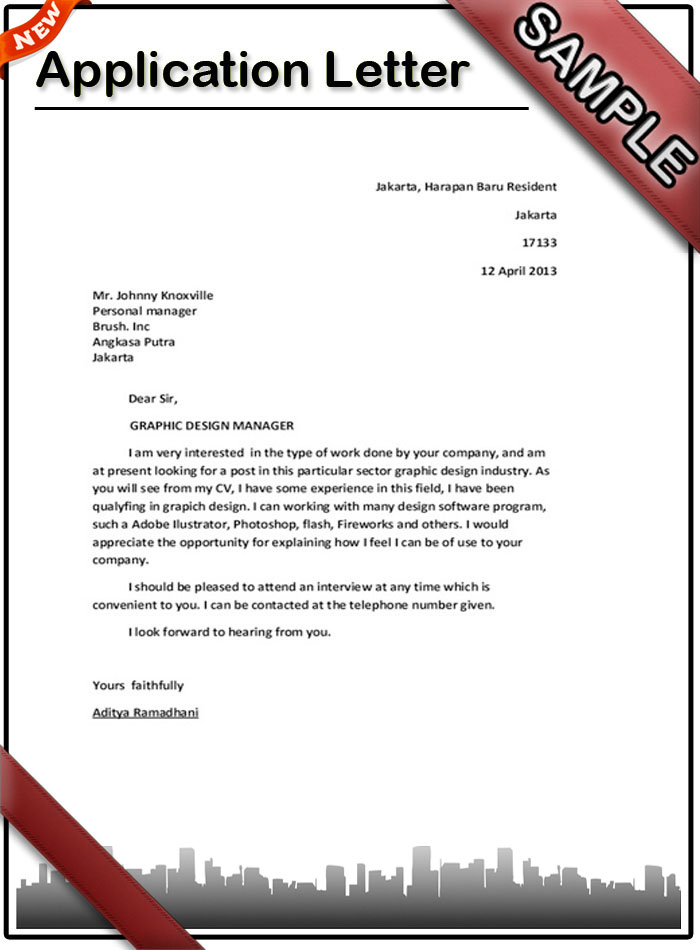Writing an application can be a daunting task, whether it’s for a job, college, or any other opportunity that requires a formal request. In this guide, we will explore the key elements of crafting a successful application that stands out. By understanding the components and strategies involved, you can increase your chances of achieving your desired outcome.
In today's competitive landscape, knowing how to write an application effectively is essential. This article will provide you with step-by-step instructions on how to create a compelling application that captures the attention of your audience. We will cover everything from the basic structure to tips on how to highlight your skills and experiences.
Whether you are applying for a job, scholarship, or any other position, the principles of writing a strong application remain the same. The goal is to present yourself in the best light possible while providing all necessary information clearly and concisely. Let’s dive into the details and learn how to write an application that makes a lasting impression.
Table of Contents
- Understanding the Purpose of Your Application
- Researching the Requirements
- Structuring Your Application
- Highlighting Your Qualifications
- Editing and Proofreading Your Application
- Common Mistakes to Avoid
- Examples of Successful Applications
- Conclusion
Understanding the Purpose of Your Application
The first step in writing an application is to understand its purpose. An application serves as a formal request for something, whether that be a job, admission to a school, or a grant. Your application should clearly state what you are applying for and why you are a suitable candidate.
Consider the following points:
- What is the specific position or opportunity you are applying for?
- What qualifications and experiences do you have that make you a strong candidate?
- What is the target audience of your application, and what are their expectations?
Researching the Requirements
Before you start writing your application, it is crucial to research the requirements thoroughly. Different organizations or institutions may have specific guidelines or criteria that you need to follow. This research will help you tailor your application to meet those expectations.
Make sure to:
- Visit the official website of the organization to find application guidelines.
- Look for samples of previous successful applications.
- Reach out to contacts or mentors who may provide insight into the application process.
Structuring Your Application
A well-structured application is easier to read and understand. It should have a clear beginning, middle, and end. Below, we outline the essential components of a strong application.
Introduction
Your introduction should grab the reader's attention and provide a brief overview of who you are and what you are applying for. Be concise and direct.
Body
The body of your application should provide detailed information about your qualifications, experiences, and skills relevant to the opportunity. Use specific examples to demonstrate your capabilities.
Conclusion
In the conclusion, summarize your main points and reiterate your interest in the opportunity. Thank the reader for considering your application and express your hope to discuss it further in an interview or meeting.
Highlighting Your Qualifications
One of the most critical aspects of any application is highlighting your qualifications. This section is where you sell yourself to the reader.
Consider including:
- A list of relevant skills and experiences.
- Achievements that demonstrate your capabilities.
- Any certifications or special training you have received.
Editing and Proofreading Your Application
Once you have written your application, take the time to edit and proofread it thoroughly. This step is crucial to ensure that your application is free of errors and is presented professionally.
Tips for effective editing and proofreading:
- Read your application aloud to catch awkward phrasing or mistakes.
- Use grammar and spell-check tools, but don’t rely solely on them.
- Ask a friend or mentor to review your application and provide feedback.
Common Mistakes to Avoid
Even the most seasoned applicants can make mistakes. Here are some common pitfalls to avoid:
- Failing to follow application guidelines.
- Using generic language instead of personalizing your application.
- Not proofreading for errors.
- Submitting your application late.
Examples of Successful Applications
Analyzing successful applications can provide valuable insights into what works. Look for examples that are relevant to your field or the opportunity you are pursuing.
Resources for finding application examples include:
- University career service websites
- Professional organizations in your field
- Books on application writing
Conclusion
Writing an application may seem challenging, but by following these guidelines and tips, you can create a compelling application that stands out. Remember to research thoroughly, structure your application properly, and highlight your qualifications. Good luck!
If you found this guide helpful, please consider leaving a comment or sharing it with others. Additionally, feel free to explore other articles on our site for more tips and insights.
Thank you for reading, and we hope to see you back for more informative content soon!


